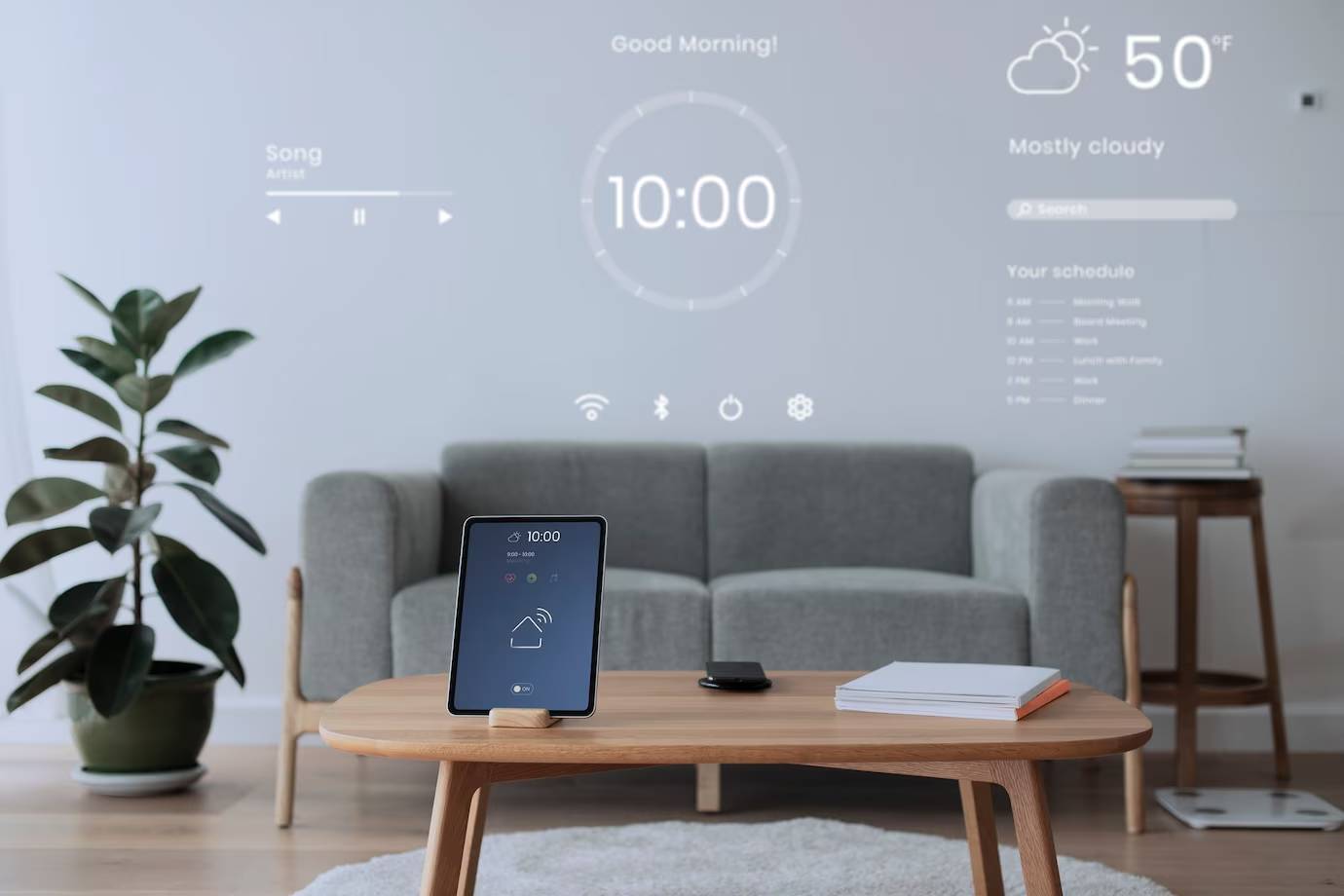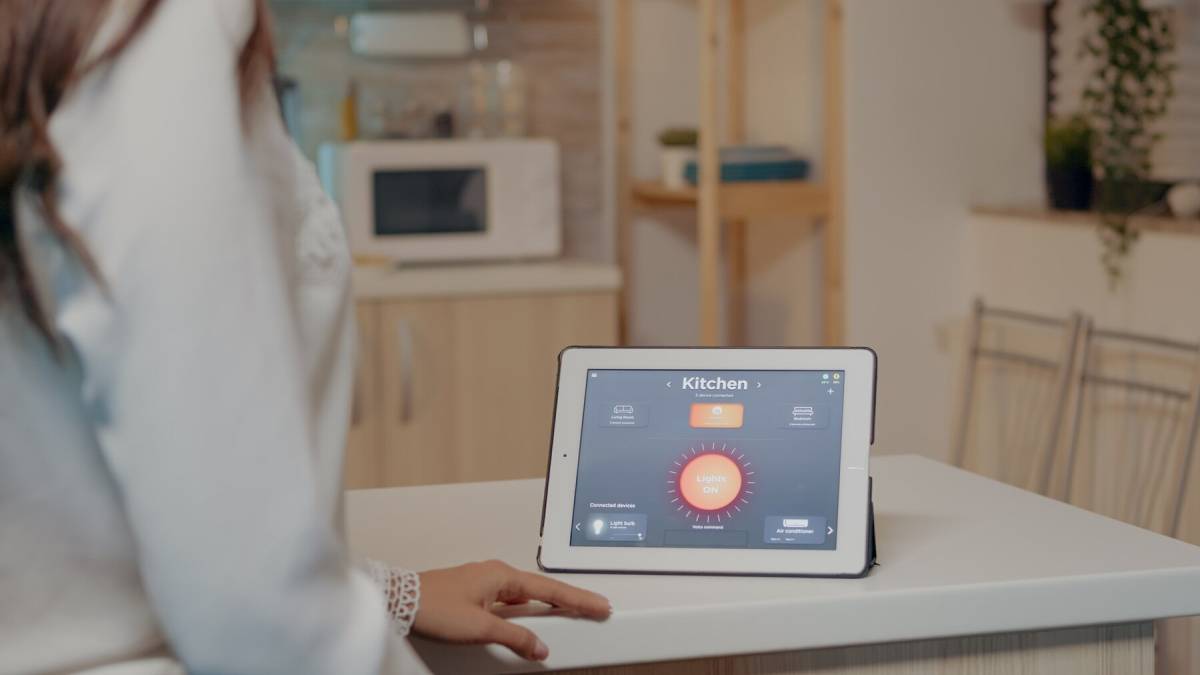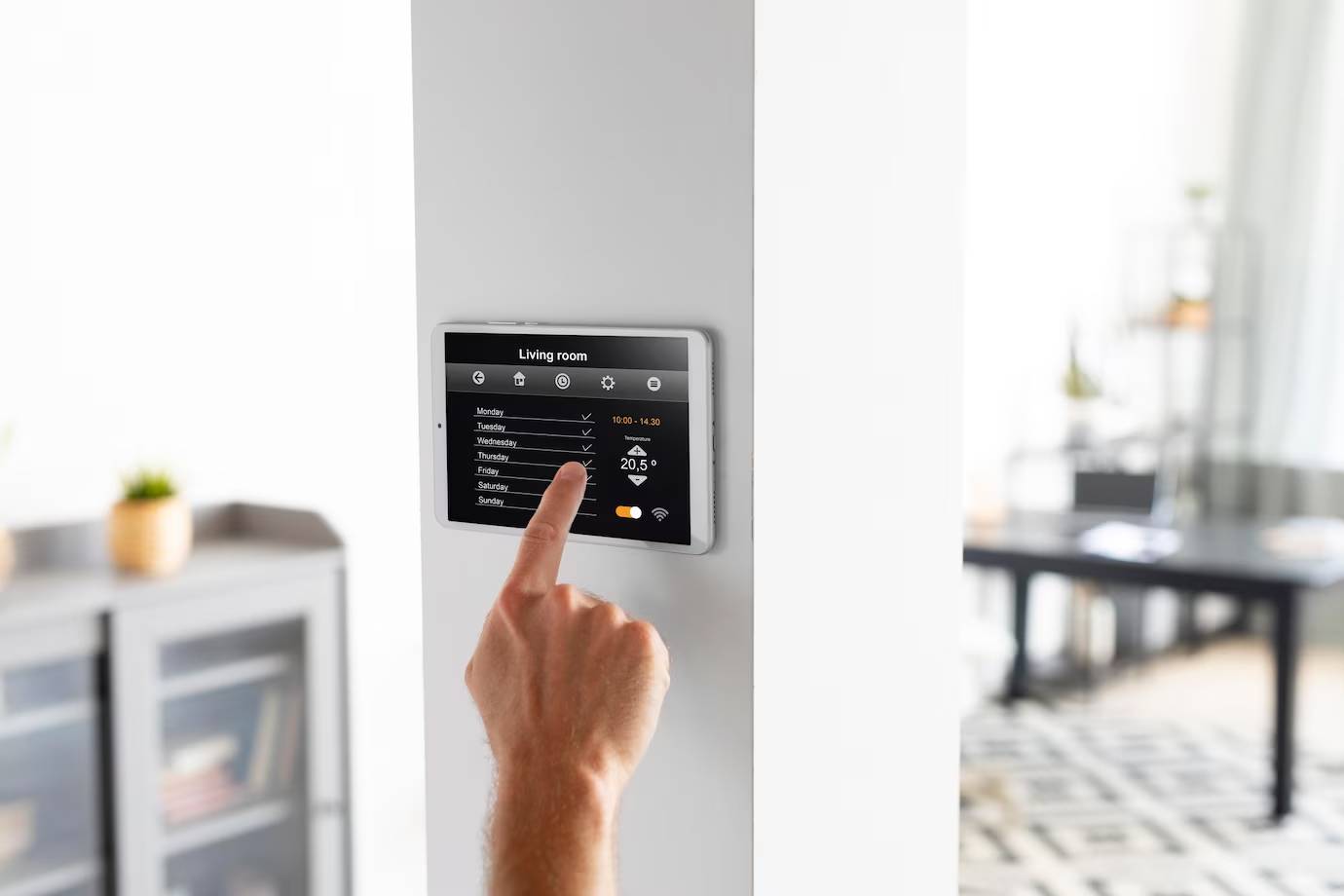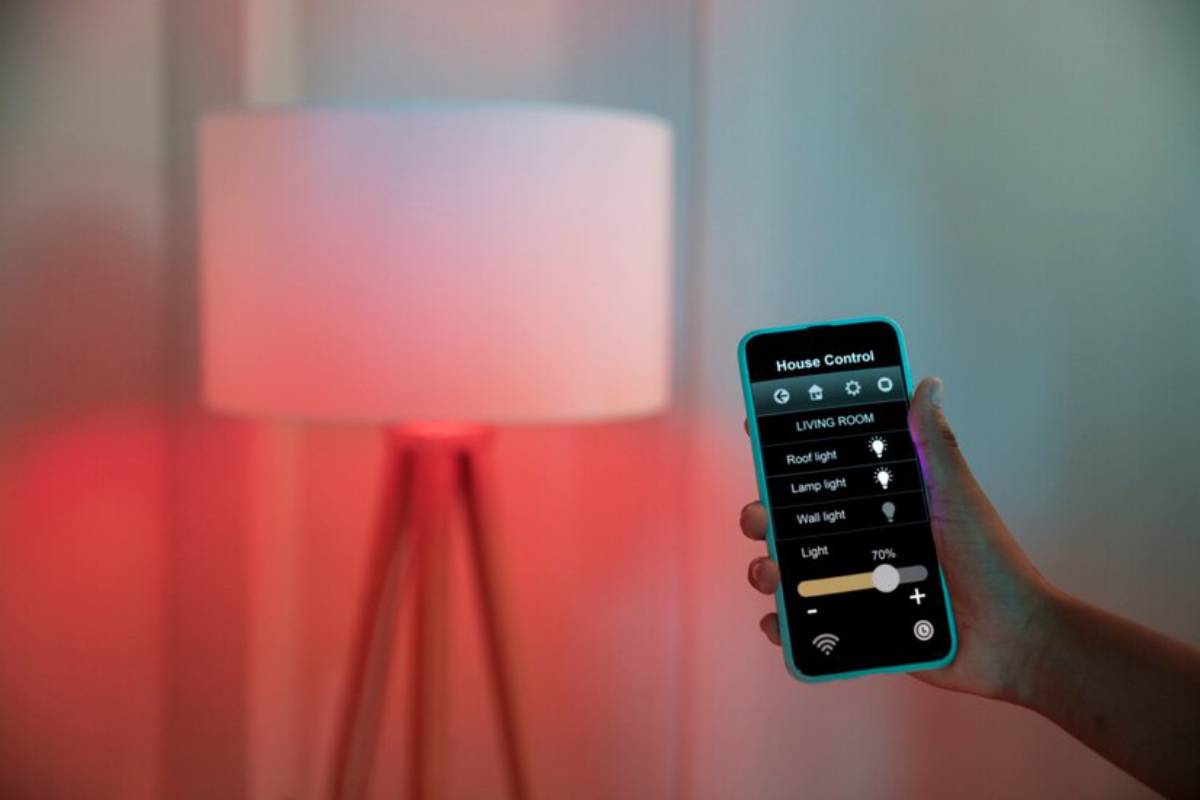
The Benefits of Smart Thermostats for Energy Efficiency
Today, energy efficiency is a must, not just a trend. Smart thermostats have become a key player in home climate control. These devices not only boost comfort but also cut energy use and costs. So, what makes smart thermostats so useful? Why should you think about getting one? This blog looks at the benefits of smart thermostats. They help save energy and improve efficiency.
Why Smart Thermostats Matter
Smart thermostats are revolutionising the way we manage our home’s climate. Smart thermostats differ from traditional ones. They don’t need manual changes. Instead, they automate and optimise heating and cooling with various features. This makes for a comfy living space and saves a lot of energy. In many homes, heating and cooling use a lot of energy. Minor efficiency upgrades can cut energy bills and help the environment.
Enhanced Energy Efficiency

One major benefit of smart thermostats is improved energy efficiency. They learn your schedule and preferences, adjusting the temperature automatically. This prevents energy waste when your home is empty. Studies show smart thermostats can save homeowners 10-15% on heating and cooling bills. This makes them a smart investment. Their learning feature meets your needs. It also balances comfort and saves energy.
Many smart thermostats have features like adaptive algorithms and seasonal adjustments. These help adjust heating and cooling based on the weather outside and seasonal changes. For example, your thermostat may lower heating in winter when the sun warms your home during the day. It might also reduce cooling slightly in summer when you’re usually away.
Real-Time Monitoring and Control

Smart thermostats allow for real-time monitoring and control of your home’s climate. With a smartphone app, you can adjust the temperature from anywhere, whether at work or on holiday. This control helps use energy efficiently. You can change it based on real-time needs. If you come home early, you can raise the temperature remotely. This way, your home will be cosy when you get there.
Real-time control helps us quickly react to sudden changes in weather or schedules. Smart thermostats let you adjust your home’s temperature easily. Whether it’s a cold snap or a surprise work-from-home day, you can manage it without being there.
Integration with Other Smart Home Devices
Smart thermostats can also work well with other smart home devices. This integration makes home life easier. Devices talk to each other to save energy. For example, your smart thermostat can use motion sensors. This helps it change the temperature depending on whether people are in the room.
They can also work with smart blinds, lights, and voice assistants. This includes Amazon Alexa and Google Assistant. You walk in and say, “I’m home.” Your thermostat adjusts to your favorite temperature. Lights turn on, and the blinds close by themselves. These synergies not only improve convenience but also help reduce unnecessary energy consumption.
Additional Expert Tips & Common Mistakes to Avoid
Smart thermostats provide many benefits, but you should follow some best practices to get the most out of them. First, ensure your smart thermostat works with your heating and cooling system. Not every thermostat fits all systems, so check compatibility before buying.
Avoid Over-Reliance on Automation
One common mistake is over-relying on automation. Smart thermostats learn your habits, but you should still check and adjust the settings sometimes. This way, they match your current lifestyle and preferences. Regularly updating your schedule in the app can further enhance energy savings. Life events, like changes in work hours, school routines, or seasons, can change your ideal settings. Small updates can lead to ongoing improvements.
Regular Maintenance
Like any other device, smart thermostats require regular maintenance to function optimally. Keep your device’s firmware updated. Also, check for software updates. They can boost performance or add new features. Also, keep the thermostat clean and dust-free. This helps it read temperatures accurately.
Neglecting maintenance can lead to inaccurate readings or reduced responsiveness. A dusty sensor can confuse the real temperature. This may cause too much heating or cooling. Keep performance strong by doing simple tasks. Wipe the screen and check sensor battery levels regularly.
Advanced Insights into Smart Thermostats
Smart thermostats do more than just basic tasks. They have advanced features that boost energy efficiency even more. Some models have geofencing. This feature uses your smartphone’s location. It knows when you’re home or away and adjusts the temperature automatically. This ensures that energy is not wasted when no one is home.
Other models have occupancy sensors and humidity monitors. They help control climate conditions more precisely. These sensors help keep a good balance between comfort and energy use. They consider how the environment feels, not just the temperature.
Data Analytics for Energy Savings
Smart thermostats give you energy usage reports. You can track your patterns and find ways to improve. Analysing this data helps you make smart choices. You can adjust your home’s climate control to save more energy.
These reports may reveal that some days or times use more energy. This could lead you to look for inefficiencies or behaviours you can change. Sometimes, small changes, like moving the thermostat one degree, can save you money over time.
Conclusion: Embrace the Future of Home Climate Control

In conclusion, smart thermostats represent a significant advancement in home climate control technology. They offer better energy efficiency, real-time monitoring, and smart device integration. This gives a complete solution to cut energy use and save money. Investing in a smart thermostat is a good step toward a sustainable future. Not only will it enhance your home’s comfort, but it will also contribute to a greener planet.
Think about your options. Check your needs and make sure they fit with your current systems. A good smart thermostat keeps your home comfy and saves energy too. Using this technology isn’t just convenient—it’s also an investment in a sustainable and smarter future.


